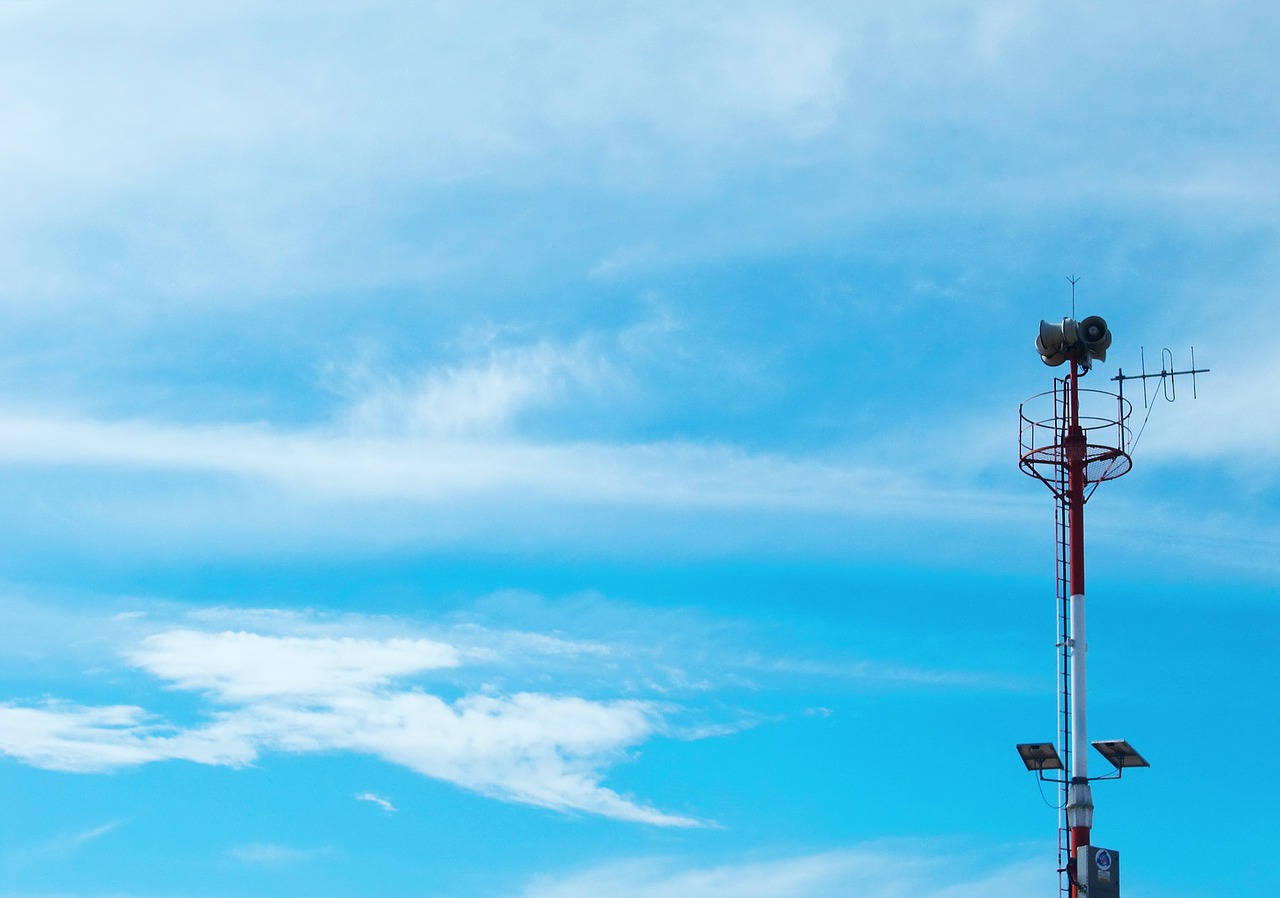In a Washington Post op-ed (June 4), “5G conspiracy theories threaten the U.S. recovery,” Thomas Johnson Jr., the Federal Communications Commission’s general counsel, declared: “Conjectures about 5G’s effect on human health are long on panic and short on science.”
The FCC, however, has been “short on science” for more than two decades. Along with the World Health Organization, the FCC abdicated its responsibility to protect the public’s health from hazards associated with exposure to radio frequency, or RF, radiation. As a result, almost 400 international scientists and doctors have called for a moratorium on deployment of 5G, and 150 community groups have tried to block its rollout in the United States. Recently, the Environmental Health Trust and Children’s Health Defense, along with multiple plaintiffs, sued the FCC over its inadequate RF exposure limits and cell phone testing procedures.
The FCC relies on other agencies, such as the Food and Drug Administration, for health expertise. However, without a comprehensive review of all peer-reviewed science and a formal risk assessment, the FDA in a letter advised the FCC that “the available scientific evidence to date does not support adverse health effects in humans due to exposures at or under the current limits.” The letter “concluded that no changes to the current standards are warranted at this time.”
In a Senate Commerce Committee hearing, Senator Blumenthal “blasted” the FCC and FDA for “failing to conduct any research into the safety of 5G technology . . . and deferring to industry. . . . We’re kind of flying blind here, as far as health and safety is concerned.”
Last December, the FCC reaffirmed its obsolete RF exposure limits, ignoring critical input from more than 50 scientists, hundreds of scientific studies, and hundreds of people who have suffered illness from RF radiation.
Originally adopted in 1996, these limits were based upon a behavioral change in rats and monkeys exposed to microwave radiation and were designed to protect humans only from short-term heating risks due to RF radiation exposure.
Since 1996, the preponderance of peer-reviewed research—more than 500 studies—has found harmful biologic or health effects from RF radiation exposure at intensities too low to cause significant heating. Thus stringent exposure limits based on biological effects are needed to protect human health.
Citing this body of research, over 240 scientists who have published peer-reviewed research on the biologic and health effects of nonionizing electromagnetic fields, or EMF, signed the International EMF Scientist Appeal, which calls for stronger RF exposure limits. The signatories have published over 2,000 papers and letters on nonionizing EMF in professional journals and arguably constitute the majority of experts in this field.
The appeal proclaims:
Numerous recent scientific publications have shown that EMF affects living organisms at levels well below most international and national guidelines. Effects include increased cancer risk, cellular stress, increase in harmful free radicals, genetic damages, structural and functional changes of the reproductive system, learning and memory deficits, neurological disorders, and negative impacts on general well-being in humans. Damage goes well beyond the human race, as there is growing evidence of harmful effects to both plant and animal life.
In 2018, a $30 million study conducted by the U.S. National Toxicology Program reported “clear evidence” that two years of exposure to cell phone radiation increased cancer in male rats and damaged DNA in rats and mice of both sexes. The Ramazzini Institute replicated the NTP’s key finding using much weaker cell phone radiation exposure over the rats’ lifespan.
The WHO’s International Agency for Research on Cancer classified RF radiation as “possibly carcinogenic to humans” in 2011. We are seeing increases in head and neck tumors in cancer registries from multiple countries, which may be attributable to the proliferation of wireless device use. These increases are consistent with case-control studies that found increased tumor risk in long-term cell phone users.
Moreover, cancer is not even the most common hazard, because there is substantial scientific evidence that RF radiation causes neurological disorders and reproductive harm.
The volume of peer-reviewed scientific evidence on earlier technologies suggests that exposure to microwaves and millimeter waves used in 5G is likely harmful.
According to Johnson, “if we delay 5G deployment based on irrational fears and unproven theories, it will only hurt the American people.” But can we trust the FDA or FCC’s evaluation of the science? Should we gamble on our health and invest hundreds of billions of dollars deploying 5G, a technology that requires 800,000 new cell antenna sites installed next to our homes and workplaces? Or should we develop RF exposure standards that fully protect humans and the environment and institute a risk management system based upon a formal risk assessment?
Joel M. Moskowitz, Ph.D., is the director of the Center for Family and Community Health at the School of Public Health, University of California, Berkeley. His Electromagnetic Radiation Safety website, saferemr.com, has served as a resource for scientists, journalists, policy makers, and the public since 2013.






I agree with Prof. Moskowitz!
Thank you, Joel Moskowitz, for this acurate and concise article.